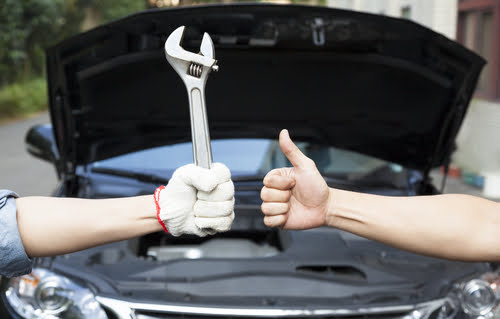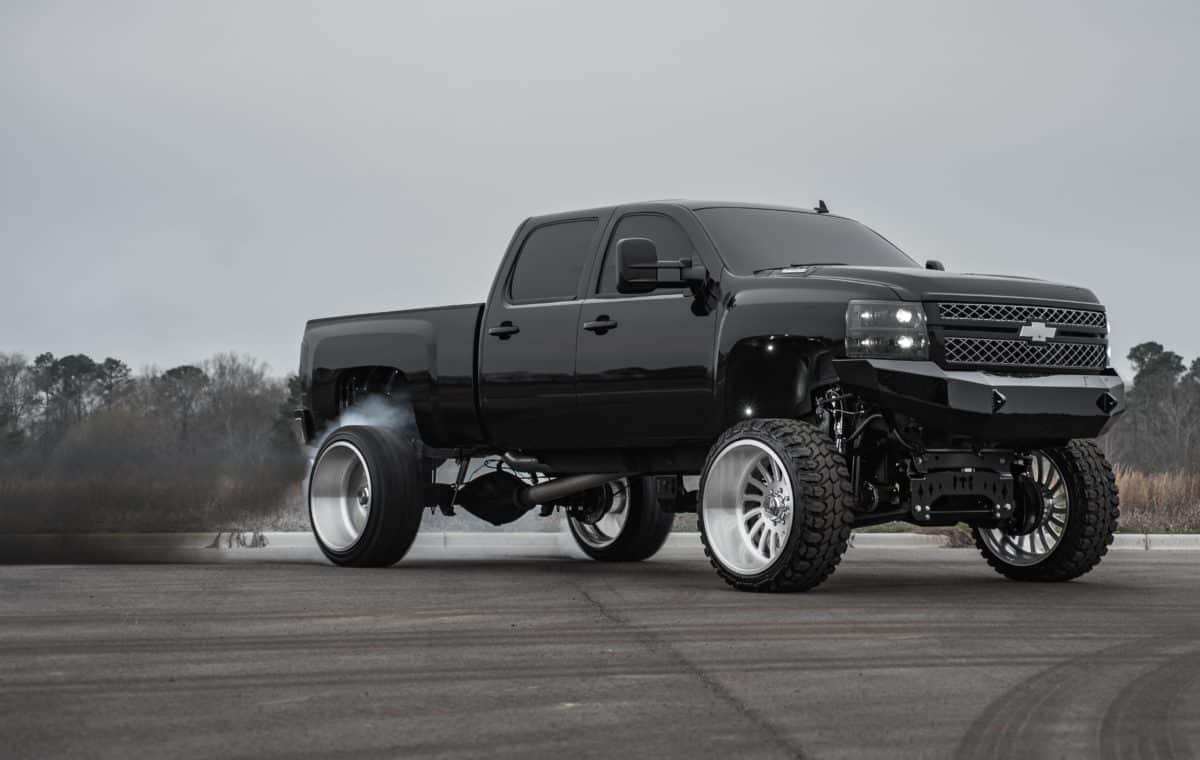Bumper to bumper
Usually, this warranty covers the vehicle for around 3 years or 36,000 miles (which comes first). Some manufacturers offer up to a 6 year/ 72,000 miles bumper to bumper such as Volkswagen. The term ‘bumper to bumper’ is an expression used in the automotive world to describe which parts of the vehicle the warranty covers. The term is a tad misleading. Whilst a bumper to bumper warranty will cover most parts of the vehicle from the front bumper to the rear bumper, it does not cover ALL of them.
What do you mean bumper to bumper doesn’t cover all the parts of my vehicle?
Chances are, you’ll most likely never make a warranty claim on either bumper. Unless perhaps one just randomly fell off whilst driving off the dealer lot, but not likely. Parts not covered by a new vehicle bumper to bumper warranty are mainly wear items ie. parts of the vehicle that deteriorate through constant use. Not covered, are parts such as wipers, tires, brake pads, brake rotors, light bulbs, and window glass. (Just to confuse the situation even more, depending on the vehicle make, some of these parts may be covered for a shorter time).
Parts that are damaged by you, an accident or an act of God are not covered by the manufacturer. As an example, you’re driving along and a rock hits the windshield causing it to crack. This is an insurance claim and not a warranty claim. Also, anything on the vehicle that fails due to improper maintenance will not be covered.
Vehicles that are declared a total loss or are on a ‘salvage’, ‘rebuilt’, or ‘junk’ title. Racing or competing in the vehicle will also void the warranty.
Think of a new car bumper-to-bumper warranty more in terms of a manufacturer defect warranty.
Manufacturers will pay to replace and repair parts that fail due to defective material or workmanship.
For example, parts that are fitted at the factory. Parts and systems covered include; the electrical system, engine control module, engine, transmission, safety equipment, and emissions systems.
Modifications and alterations
Any modifications or alterations to the original vehicle, generally void the manufacturer’s warranty on your vehicle.
Why?
Because years of research, development, and engineering go into producing a vehicle for its intended purpose/market. For example, a manufacturer builds a truck and is confident that the wheel bearings are adequately designed to withstand the forces of normal driving (as equipped from the factory). Let’s say the truck comes with 19″ wheels from the factory, but someone decides to put 24″ wheels on the truck. The manufacturer has not tested whether the wheel bearings can withstand the force from bigger wheels. Therefore if a wheel bearing were to fail under these circumstances, it is through no fault of the manufacturer.
If upgraded parts and/or accessories are purchased and fitted by an authorized provider, these may be covered under a separate parts warranty. For example, Mopar has a ‘parts and accessories limited warranty’. The times and mileage for which these parts are covered may be different from the bumper-to-bumper warranty. Ask your local dealer or read the small print in the owners manual if your ever unsure about warranty coverage. Coverage alaso varies between manuafcatures, vehicles models and year of production.
If you are interested in learning more about what is or isn’t covered under your manufacturer’s bumper-to-bumper warranty, check out some of the links below.
Mopar Warranty for Fiat, Chrysler, Dodge, Jeep, and RAM Trucks
Toyota Owners Manual and Warranty Information
Chevrolet Warranty Information
How long is a New Vehicle Warranty?




Recent Comments